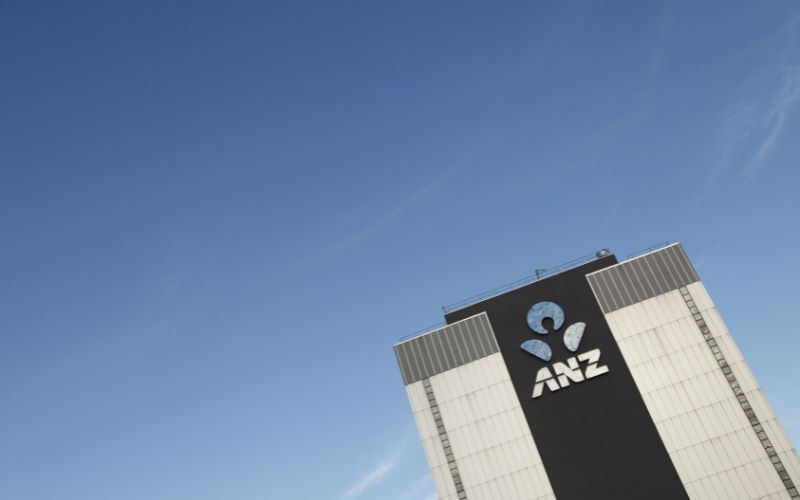.jpg)
ANZ is expecting the Reserve Bank of Australia (RBA) to continue with its aggressive monetary policy setting, which could bring the cash rate to 3.35% by the end of 2022.
ANZ head of Australian economics David Plank said the momentum in the labour market and the clear upside risks to inflation mean the restrictive rate settings are needed earlier than previously expected.
“We don’t think the RBA will be comfortable with policy merely getting to neutral by year-end given this backdrop,” he said.
“Our expectation is that the RBA will deliver this via four more successive 50bp rate hikes in August, September, October, and November — this 200bps of additional tightening sees the cash rate target at 3.35% by November.”
Mr Plank said there's a significant chance the RBA could opt to move by more than 50bps at one or more of its upcoming meetings to round the cash rate target to the nearest 0.25%.
“At this stage our thinking is that the cash rate will need to remain at this restrictive setting for an extended period, given persistence in core inflationary pressures, but we are conscious the downside risks to the economic outlook will increase with such a rapid move to a restrictive setting.”
Labour market continues momentum
Mr Plank cited the June labour market data, which came out stronger than expected, as one of the driving forces of the upswing in the monetary policy.
June figures show an unemployment rate of 3.5%, which is the lowest rate since 1974.
“What’s more, job ads and vacancies are at extremely high levels — there were almost 500,000 vacancies in May, a record high rate of 3.4% as a share of the labour force,” Mr Plank said.
The large volume of vacancies suggests it would take a considerable slowdown in the economy for the underutilisation not to fall further.
“Our longstanding forecast has been for unemployment to drop to 3.3% in the later part of 2022 — the risks to this forecast look to be weighted to the downside, even with somewhat faster rate hikes than previously. An unemployment rate with a 2-handle is not out of the question,” Mr Plank said.
Economic impacts
Mr Plank said the faster move to a restrictive rate setting could potentially bring things to a point at which the economy slows below trend. Furthermore, it could suggest that house prices would fall by more than 15% at the end of 2023.
“But it doesn’t necessarily mean a hard landing for the economy,” he said.
It is also worth noting that wages are expected to accelerate over the course of the year and into 2023 despite the faster pace of rate hikes.
“What’s more, we think wages growth will prove quite persistent even as the economy slows. This will keep household consumption from slowing too sharply, as will the large pool of savings and tax cuts set for 2024,” Mr Plank said.
This could, however, suggest that a shift to rate cuts by the RBA is going to be unlikely, unless there would be a sharper-than-expected global slowdown.
What other big bank economists say
ANZ’s forecast seemed more aggressive than the recent outlook from CBA and Westpac.
CBA head of Australian economics Gareth Aird said while the RBA could raise rates by 50bps in August and September, it would likely take a pause in October and deliver a final 25bps increase in November.
“If the RBA wanted to send a clear signal that they intended to stay on hold for an extended period of time after November they could increase the cash rate by 15bp which would take the target to a conventional metric of 2.50% — we suspect, however, that the RBA will not have enough conviction at that point to send such a signal given the Q3 22 inflation data is likely to be red hot,” he said.
Westpac chief economist Bill Evans, while earlier forecasted a pause in September, said the RBA could roll out a 25bps increase in September.
“However, we have not lifted the forecast terminal rate of 2.6% by the February 2023 Board meeting,” he said.
—
Photo by CraigRJD via Canva
Collections: Mortgage News Interest Rates ANZ Posts Collection



Share